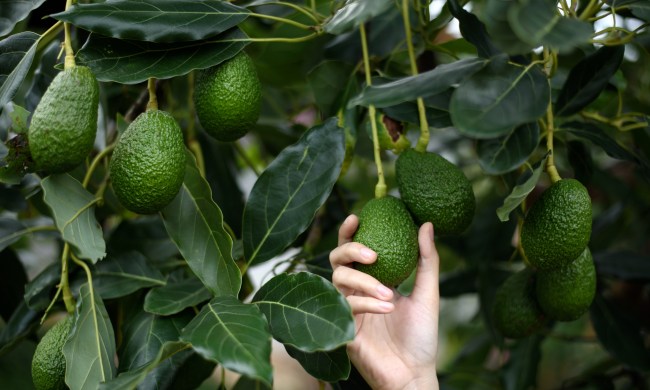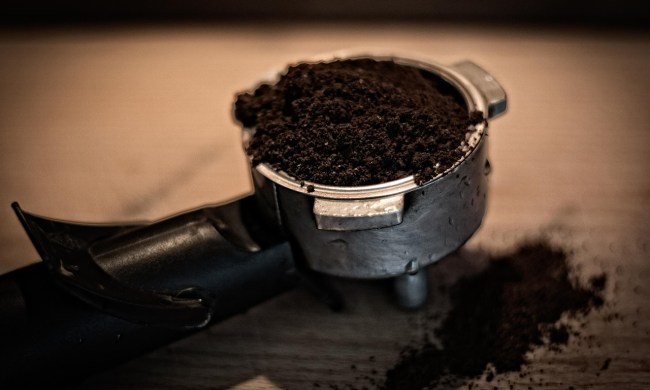Butternut squash is a delicious and versatile gourd. Whether baked, made into soup, or even mashed into pancakes, these sweet squashes are a delight to have in the kitchen. They’re even better when freshly harvested from your own garden! Growing butternut squash plants is fairly straightforward, but when can you expect to harvest them? Will they ripen after harvesting like tomatoes, or should you wait for them to be fully ripe? This guide on when to harvest butternut squash will answer all your questions.
When to harvest butternut squash

When you should harvest your butternut squash depends on when you planted it. Start checking your plants for ripe squash about three to four months after you planted them. If you planted them in the typical window of mid to late spring, this should fall in late summer to early fall. Depending on your climate, you may be able to continue harvesting squash through fall to early winter.
Ripe butternut squash will have changed colors from green to beige or pale orange. Check the entire squash to be sure there aren’t still green patches, as this is an indicator that it’s not done ripening. Along with this change in color, you’ll notice a change in texture. When the fruit ripens, the outer rind or shell hardens. If you tap it or press it gently with a fingernail, the rind should be firm enough to hold its shape without denting. You should also see the vine at the top of the squash turning brown.
How to harvest butternut squash

Once you’ve determined that your butternut squash is ripe or almost ripe, it’s time to harvest it. You’ll need a pair of sharp, clean scissors, shears, or a knife, and you may also want a basket or bag to carry your gourds in. Using clean tools is important — while the plant itself will die during the winter and the bacteria on the tools won’t harm it, you don’t want to transfer bacteria or mold onto your butternut squash.
Using one hand to support the squash, make a single clean cut to separate the squash from the vine. Leave a few inches of vine attached to the top of the squash. If you cut too close to the squash, you may accidentally nick the squash itself, which will reduce the amount of time that you can store it before use. Check the squash for signs of damage from pests and accidents, then place it in your carrying device or take it inside.
Storing butternut squash

You can store whole, undamaged butternut squash in a cool, dry location — a cabinet, basement, or root cellar is ideal. Avoid placing them in areas that are humid or moist, as this can lead to mold, and avoid placing them in sunlight or they may dry out. While drying your squash will preserve them, it isn’t easy to eat afterward. In these conditions, butternut squash can last two or three months.
Damaged or partially used butternut squash can be kept for a few days to a week in your refrigerator, but you should use them quickly. If you need to keep your butternut squash for longer than that, your best option is to freeze them. First, prepare your butternut squash by cutting them into smaller pieces or pureeing them. Once frozen, it will be difficult to separate your squash into smaller portions. Portion your squash out into individual servings to be frozen separately to make things easier. Once thawed, you may notice that your squash is softer than it was. This is normal. Additionally, once you thaw a portion, avoid refreezing it, as your butternut squash will lose structure and moisture each time. Frozen butternut squash can be kept for up to a year as long as your freezer is in good working condition.
Will butternut squash continue to ripen after harvesting?

Butternut squash will ripen slightly after it’s been harvested, although it won’t continue to grow. Before harvesting, be sure your butternut squash is the size you want them to be and that they are mostly ripe. If there are only a few faint green patches, your squash should be OK to harvest, but avoid harvesting butternut squash that is still mostly green or that still has a soft rind. Some gardeners claim that the texture is better if harvested at peak ripeness, rather than harvested early and left to ripen off the vine. However, this seems to be a matter of opinion, so why not try both and see which you prefer?
Now that you know when to harvest butternut squash, all that’s left is to wait patiently for your squash to ripen. Luckily, squash plants grow faster than some fruit (like fruit trees), so you won’t have to wait too long. If you aren’t fond of waiting and don’t need a huge harvest, you can always snack on a few squash blossoms while you wait. Just be sure to leave enough to grow into butternut squashes.




